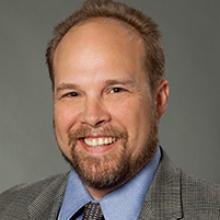Massachusetts Study of Teacher Supply and Demand: Trends and Projections
In recent years, concerns have been growing across the country that there are not enough educators—especially teachers—to meet school and district hiring demands. Massachusetts has often encountered this issue with regard to mathematics, science, English language learners, and special education teachers. Previous studies suggest that these shortages will persist, despite recent increases in the numbers of teacher preparation program graduates specializing in historically high-need subject areas
Conducting studies of teacher supply and demand is complicated by the fact that the available indicators of teacher supply, demand, shortage, and surplus are complex and often paint an ambiguous picture of whether and where problems exist, which can create more confusion than clarity for state leaders addressing the issue.
In April 2015, the Massachusetts Department of Elementary and Secondary Education commissioned AIR to develop a comprehensive set of 10-year projections of teacher supply and demand in order to inform planning for future workforce needs.
Key Findings
- Student enrollment, and therefore demand for teachers, is projected to decrease over the next 10 years by approximately 5.77 percent.
- Annual supply is expected to decline over the next 10 years by a little less than 2 percent. The slower expected rate of decline of supply compared to demand indicates that in 10 years (by 2023–24) there will be a surplus in the supply of teachers compared to the demand by approximately 4 percent.
- Projections show that there will be a surplus of general education and career/vocational/technical teachers, but a shortage of special education and English language learner educators.
- Demand for minority teachers is expected to increase, while demand for white teachers is expected to decrease.
- Under 26 is the only age group for which the supply of teachers expected to not meet demand in 10 years. This may be particularly worrisome, as this group makes up the largest portion of teachers newly entering the field and a large portion of the teacher pipeline.
